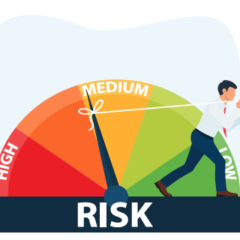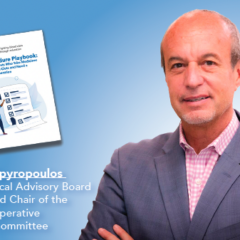Last updated on
Ask The Expert – What is an Aneurysm of the Aorta?
“What is an aneurysm of the aorta? How do I know if I have an aneurysm of the aorta? Is it worth finding out with special testing?”
An aneurysm is a ballooning of the wall of the aorta, the largest artery in the body. The aorta begins with the heart in the chest and travels down the body into the pelvis. Aneurysms usually result from weakening of the arterial wall and are described by their locations, either in the chest (thorax) or abdomen. They are relatively common cause of cardiovascular disease in the United States.
Risk factors for aneurysms include advanced age, smoking history, male sex, family history, hypertension, and high cholesterol. These are many of the same risk factors for other types of cardiovascular disease, including hardening of the arteries, also called atherosclerosis. Aneurysms can occasionally be a cause of death, especially in the elderly people. Over time, complications can arise, which include tearing, or dissection, as well as rupture.
Aneurysms form over many years before becoming symptomatic. Thoracic aneurysms may present with a sharp or tearing pain in the chest, shortness of breath, or trouble with breathing or swallowing. Abdominal aneurysms are more common and typically present with pain in the back, legs, buttocks, or groin. It’s important to remember that many aneurysms are asymptomatic.
The U.S. Preventive Services Task Force recommends that men between the ages of 65 and 75 years who have smoked should get an ultrasound screening for abdominal aortic aneurysms. Routine screening is not generally recommended for thoracic aortic aneurysms.
Anyone with a family history of aneurysms is at increased risk, and screening may be necessary. Certain conditions like Ehlers-Danlos and Marfan syndrome are associated with aneurysms. Screening for these patients may include an echocardiogram, CT, or MRI and can be scheduled through a cardiologist.
The treatment for aneurysms usually includes medications to control blood pressure and sometimes surgery. Early identification, especially in patients with a family history, is important to prevent complications.
Aaron Paul Kithcart, MD, PhD
Cardiovascular Medicine Fellow,
Brigham and Womens Hospital
Do you have a question for the expert? Email [email protected]



